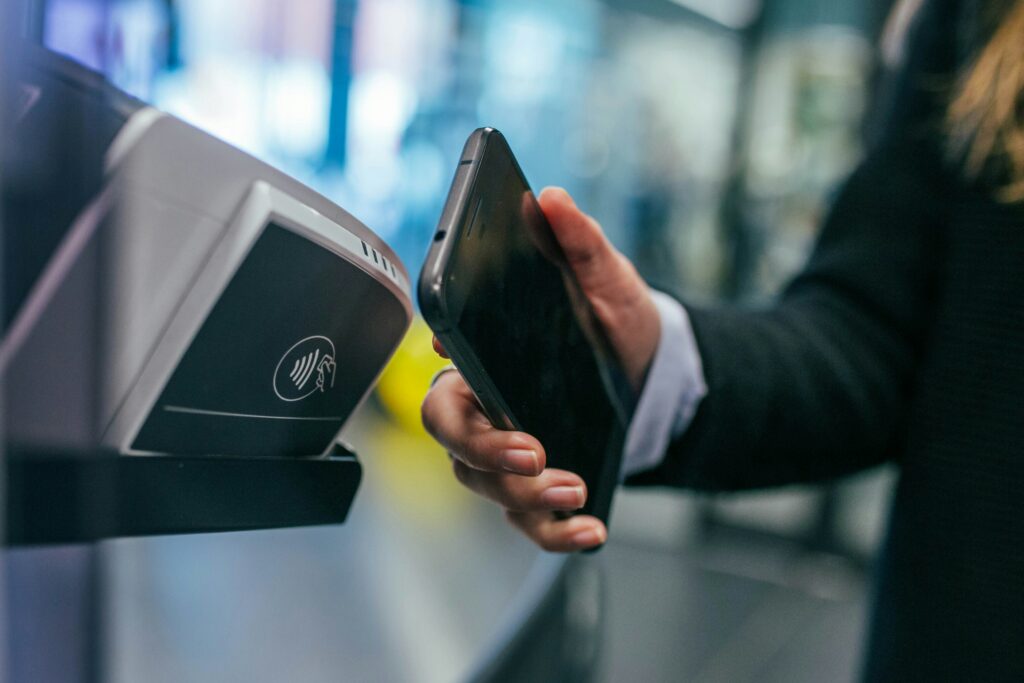
Digital Wallets and Flexible Credit: A New Path to Safer Borrowing
Millions of consumers—especially gig workers and full-time professionals—face challenges when trying to access credit. The traditional lending landscape, dominated by high-interest payday loans and inflexible credit cards, often leads to cycles of debt. In recent years, however, a shift has emerged. Since the early 2020s, digital wallets combined with flexible credit lines have begun reshaping personal finance. This new model offers accessible, user-friendly, and transparent borrowing options, giving individuals greater control over short-term spending without jeopardizing long-term stability. The result is a growing movement toward mobile-first financial tools that meet the needs of a changing workforce and economy.
Understanding the Credit Problem Most People Face
Traditional credit products often leave everyday consumers behind. Credit cards may have high rates, rigid limits, and late fees. Payday loans, while easy to access, are notorious for predatory terms. These options disproportionately affect those living paycheck to paycheck or with limited credit history.
Many consumers don’t need a large loan—they need $200 to pay a bill before payday or $500 to cover an unexpected expense. When conventional lenders fall short, people turn to alternatives that can quickly escalate into financial hardship. The key issue isn’t just access to money—it’s how that access is structured and managed. Clear terms, small borrowing amounts, and transparency are often missing.
The Rise of Digital Wallets as Everyday Tools
A digital wallet does more than replace a physical card. It centralizes financial management on your phone—providing instant access to your balance, spending controls, and payment options. As more consumers use mobile apps to shop, pay bills, and transfer funds, digital wallets have become integral to day-to-day money management.
They also support integration with flexible credit tools, allowing users to borrow directly from the same app they use to budget and spend. This seamless experience eliminates the need to jump between platforms and makes it easier to stay in control.
The best digital wallets offer more than convenience—they enable financial clarity. Users can track purchases in real time, receive instant notifications, and limit spending with just a few taps. That level of control is critical for people trying to avoid debt traps.
Why Flexibility in Credit Access Matters
Rigid credit systems often penalize people for not fitting into traditional borrowing profiles. Gig workers, freelancers, or those with limited credit history are frequently excluded from mainstream credit products. Flexible credit lines, however, adapt to different incomes and repayment habits.
These lines typically offer smaller amounts, often between $100 and $3,000, and allow users to borrow as needed. Repayment is structured around what the borrower can afford, with clear, upfront costs and no hidden fees. This is a critical shift. Instead of feeling trapped by a minimum monthly payment or a ballooning interest rate, users know exactly what to expect.
More importantly, these digital-first credit lines often avoid hard credit pulls. Instead, they assess alternative data or bank activity, which helps underbanked users access financing without damaging their credit score.
How Digital Lending Platforms Create Transparency
The combination of digital wallets and flexible credit lines introduces an entirely new borrowing model—one grounded in transparency and empowerment. Instead of wading through complicated terms and confusing statements, users see everything in real time. Payment schedules, available balances, and charges are all clearly displayed within the app.
Many platforms now include education features, such as tips, spending insights, or reward systems for good financial behavior. This makes it easier for users to build better habits. Reputable platforms like NinjaCard go a step further by tying these tools to responsible credit access, helping users strengthen both their knowledge and financial standing.
Some even reduce fees or increase credit access over time based on responsible usage. That makes the borrowing experience feel less punitive and more like a partnership—focused on progress, not penalties.
Avoiding Predatory Pitfalls with Smarter Tools
Predatory lenders succeed by preying on confusion and urgency. Borrowers are often offered fast cash with little explanation of the long-term costs. In contrast, mobile-based credit lines paired with digital wallets offer speed with structure.
Features like early wage access, small-amount credit, and fee caps help users bridge financial gaps without the risk of spiraling debt. They also provide alerts and reminders that encourage timely repayment, helping borrowers avoid missed deadlines or overdrafts.
This accessibility doesn’t sacrifice security. Most platforms use strong encryption, fraud detection, and identity verification to ensure safe transactions. For users who have traditionally been overlooked or underserved by banks, these protections are vital.
Supporting Everyday Financial Resilience
Small-dollar credit isn’t just about emergencies. It’s about smoothing cash flow, covering irregular income gaps, and managing real-life timing mismatches—like when a bill is due before a paycheck hits. By offering quick, informed access to funds through a digital wallet, flexible credit lines support financial stability.
They’re especially useful for users who may not qualify for traditional credit cards or who want to avoid high utilization ratios. Instead of borrowing more than necessary, users can borrow just enough—and repay on their terms.
This model also encourages budgeting. Since most platforms are app-based, they often provide spending analysis and budgeting tools right next to the borrowing feature. Users can see how much they owe, how much they’ve spent, and how long repayment will take—all in one place.
A Shift That Puts the User First
The new generation of digital financial tools is centered on the user experience. Whether it’s the design of the app, the language of the contracts, or the flexibility of the terms, the focus is on making credit accessible without the complexity or risk of traditional borrowing.
This model doesn’t work for everyone—but it’s reshaping what’s possible for people who have long been excluded or overwhelmed by conventional options. By combining mobile banking, credit access, and financial literacy into one platform, fintech companies are meeting people where they are and helping them move forward.
As more users look for intuitive, fair ways to manage money, platforms that offer simple, transparent access to credit will continue to stand out—not just as lenders, but as partners in personal finance.





